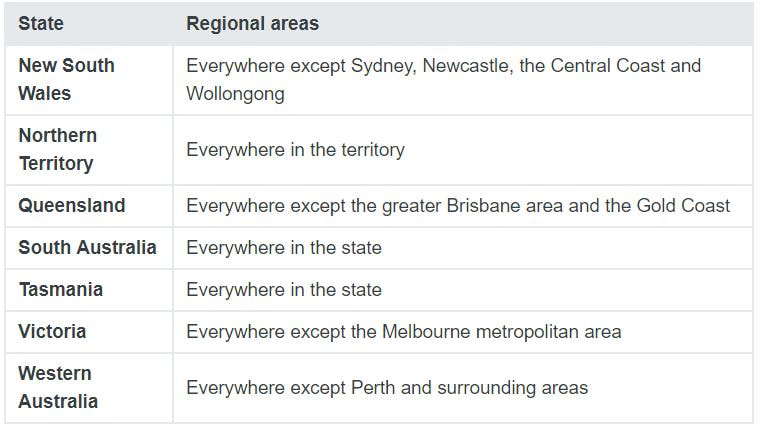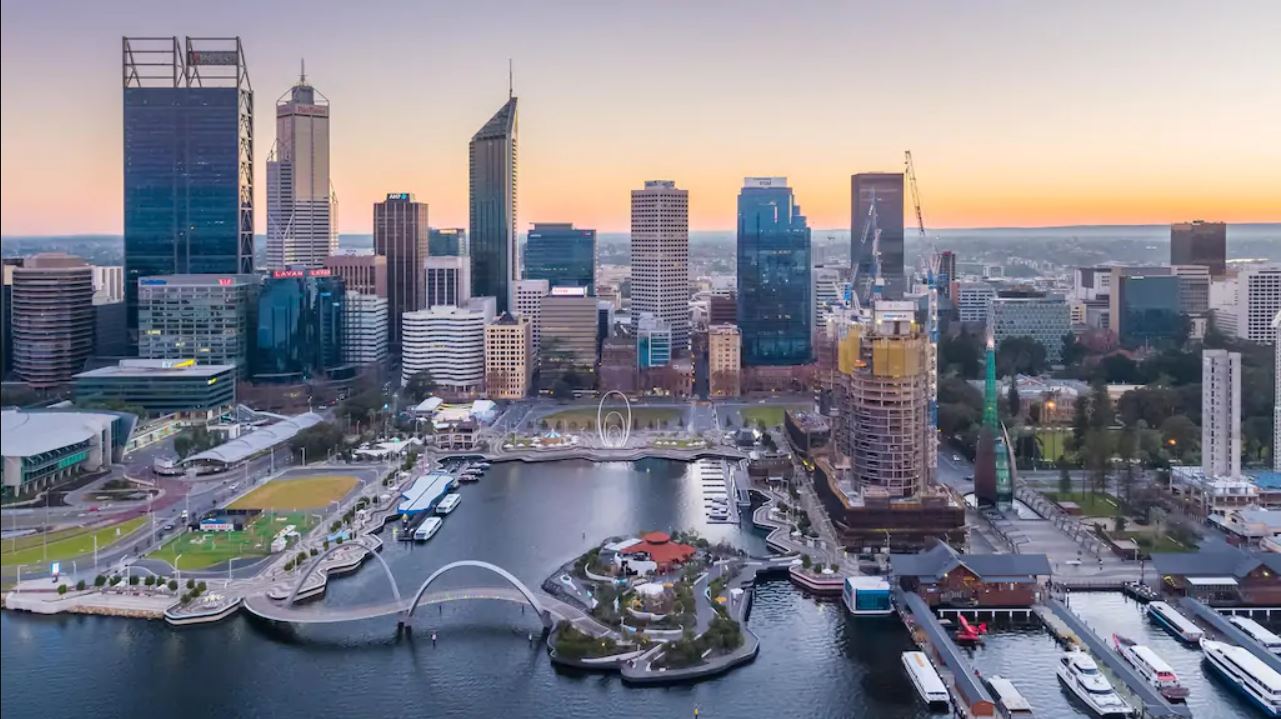- All of Tasmania, South Australia and the NT are considered to be regional under Australia's immigration program
- Demographers say the policy pushes migrants to to to places where they're not able to economically support themselves
- Tasmania's Migrant Resource Centre says the state needs more migration to combat its aging population
Despite nine months of looking she was unable to find a job in her field in Hobart and so turned to driving for Uber to make end's meet.
"You can get by driving Uber, you earn about $15 an hour, you can get some food on your table," Ms Wang said.
"But you don't have anything left, to be honest."
The visa cost her thousands of dollars in fees both to the Government and the migration agent she used.
Australia's immigration program actively encourages migrants to move to regional areas through the allocation of visas.
Many visas lock the migrant into living and working in a regional area for multiple years.
But demographer Lisa Denny from the University of Tasmania says the program is flawed.
"We need to shift the focus on supplying migrants and supplying people and actually start looking at where the demand actually is," she said.
The federal and state governments say the program pushes migrants to areas where the population is declining, to plug labour shortages and to help stimulate economic growth, but Dr Denny said it did not work.
"You can't push migrants with skills and qualifications to an area where there are no employment opportunities for them," she said.
"You can't push a migrant to somewhere where they're not going to be able to economically support themselves."
The definition of what counts as 'regional' differs around the country.
In the bigger states of NSW, Victoria and Queensland, it's those areas outside the major cities.
But in the case of Tasmania, the entire state is classified as regional and most international migrants move to Hobart.
Hobart's population soared 1.6 per cent in the year to June 2018 which is contributing to a host of problems.
Dr Denny said Hobart was experiencing a housing crisis, with the lowest vacancy rate in the country causing rents to skyrocket.
"We are in a critical area of housing stress for Tasmanians," she said.
"[There's] an inability for southern Tasmanians to not only find a house to rent but also to buy that's affordable and within commuting distance of their jobs, or their schools.
"And that is attributed to population growth being driven by migration-led growth."
FOR FULL STORY PLEASE CLICK THE LINK BELOW:
mobile.abc.net.au/news/2019-05-25/regional-immigration-program-tasmania-population/11145848?pfmredir=sm





 RSS Feed
RSS Feed